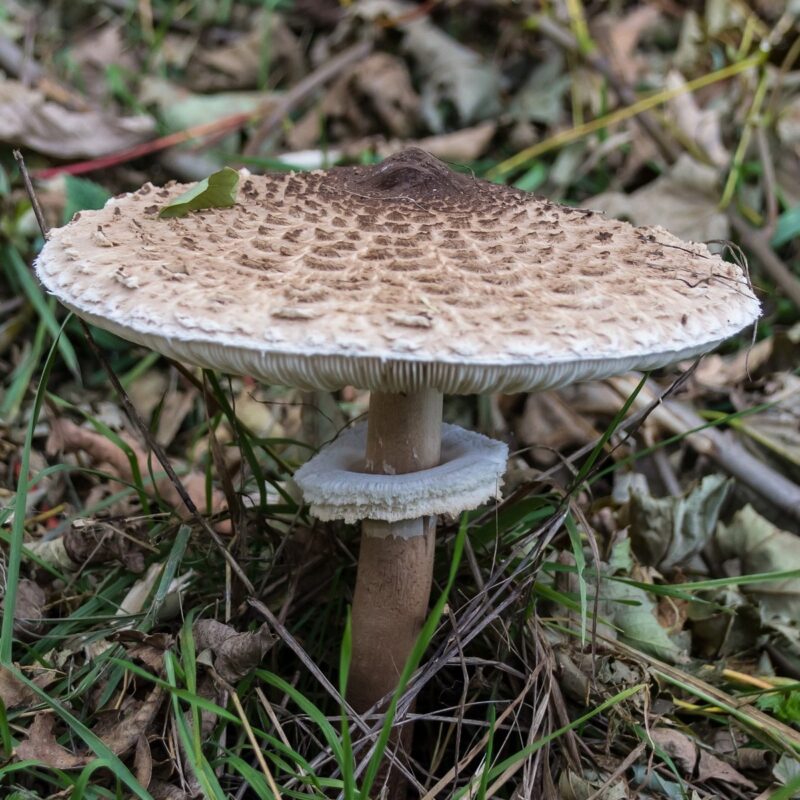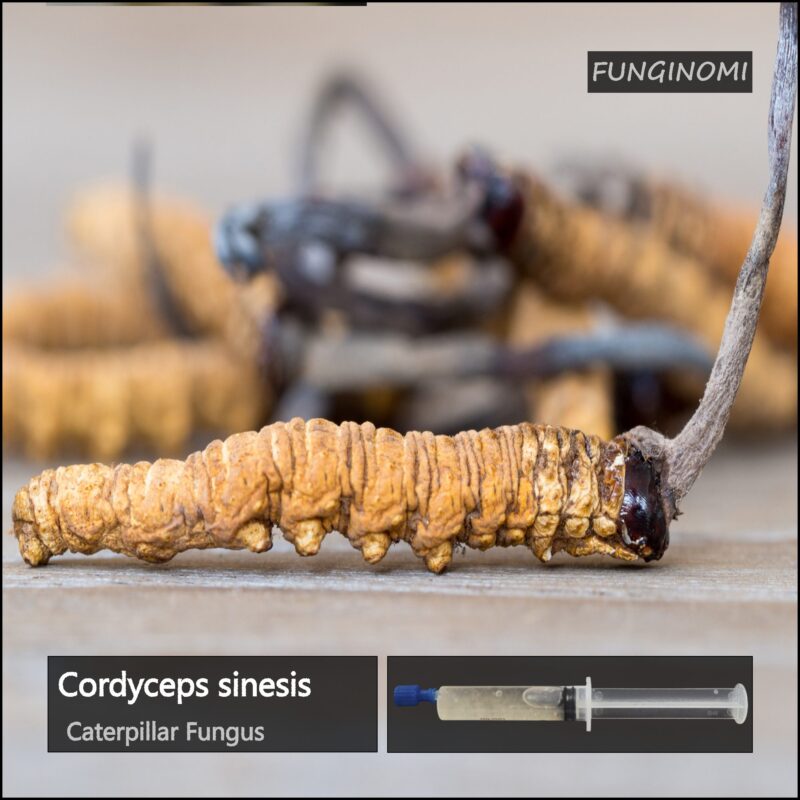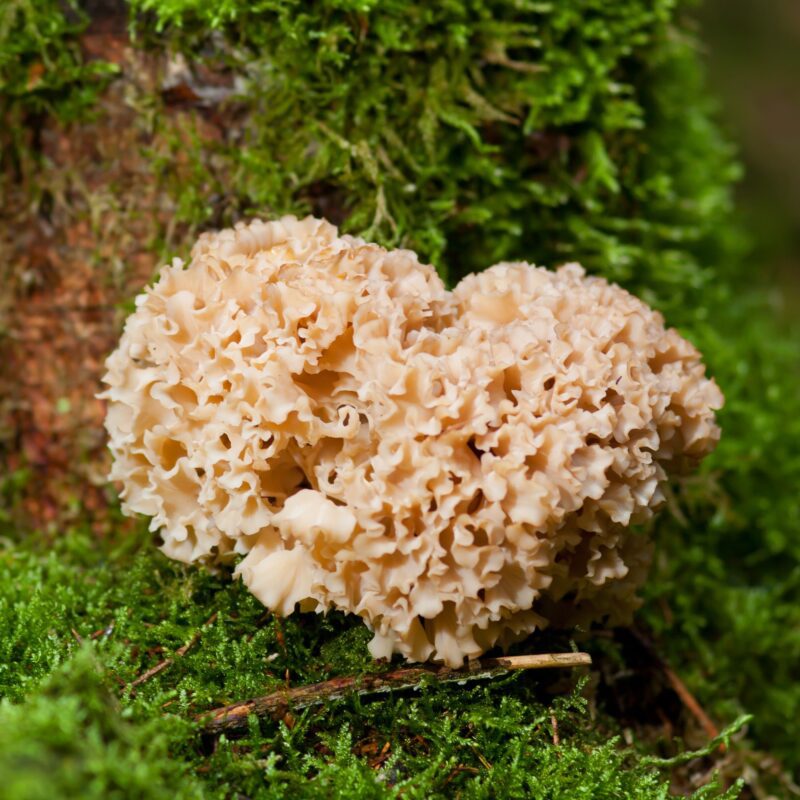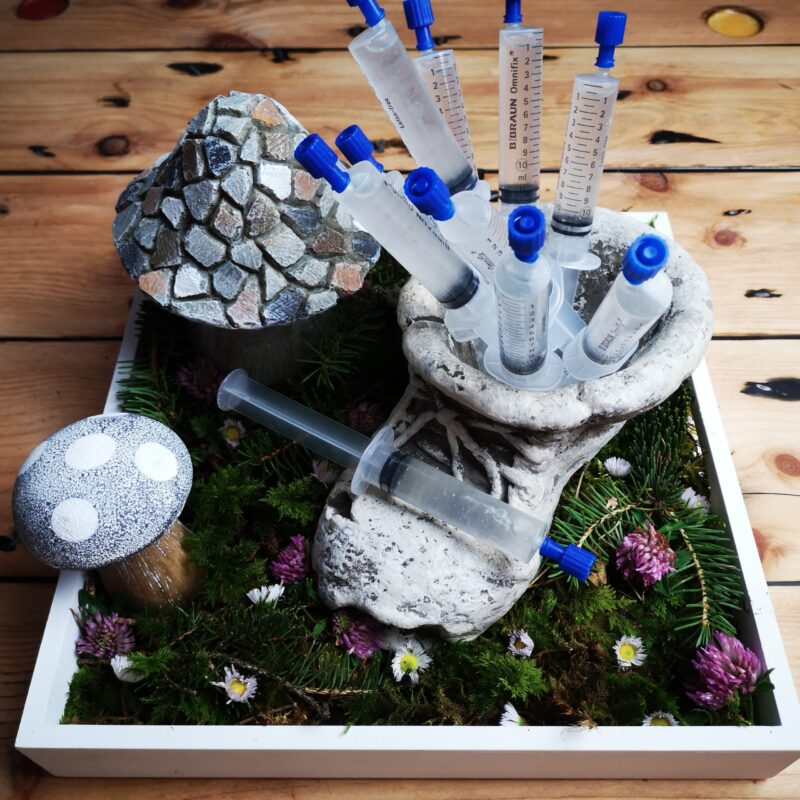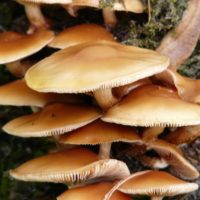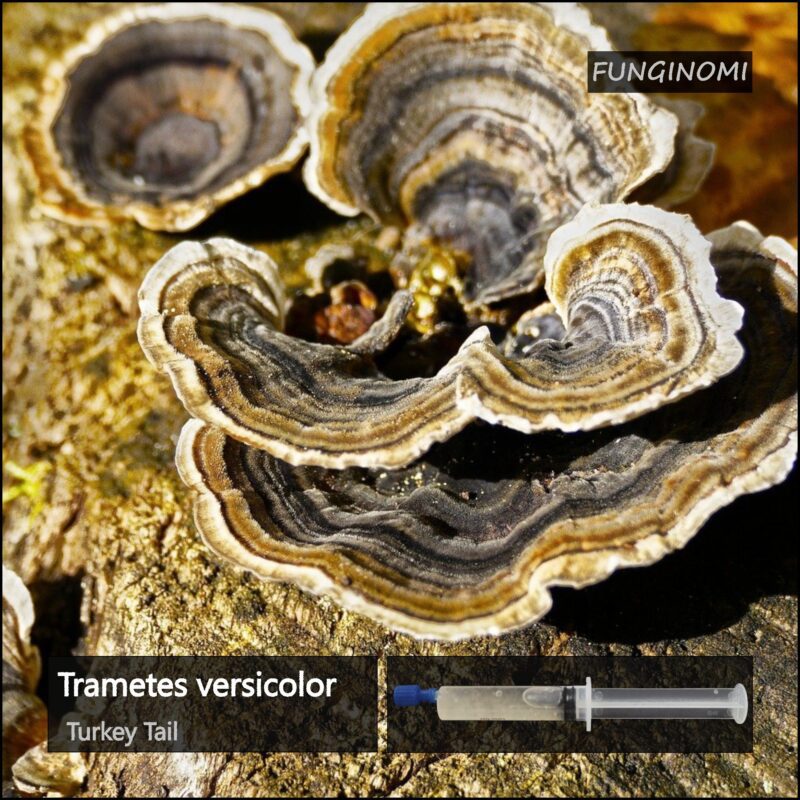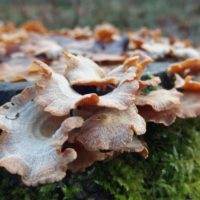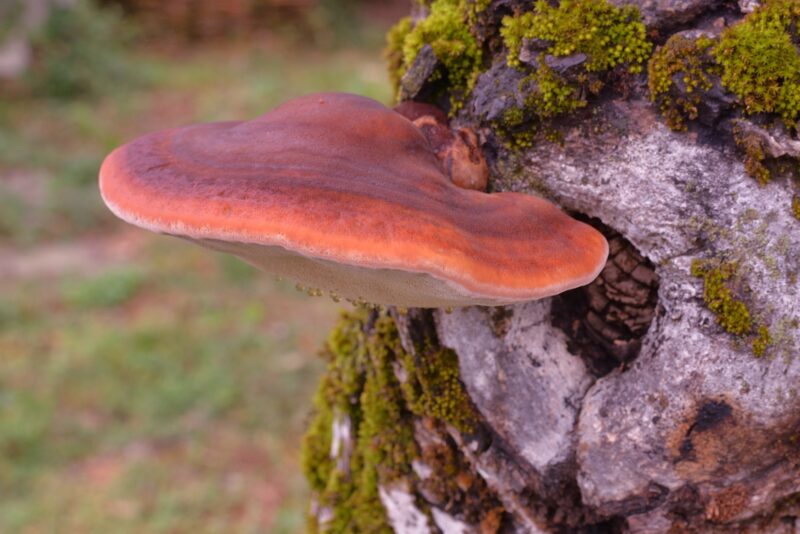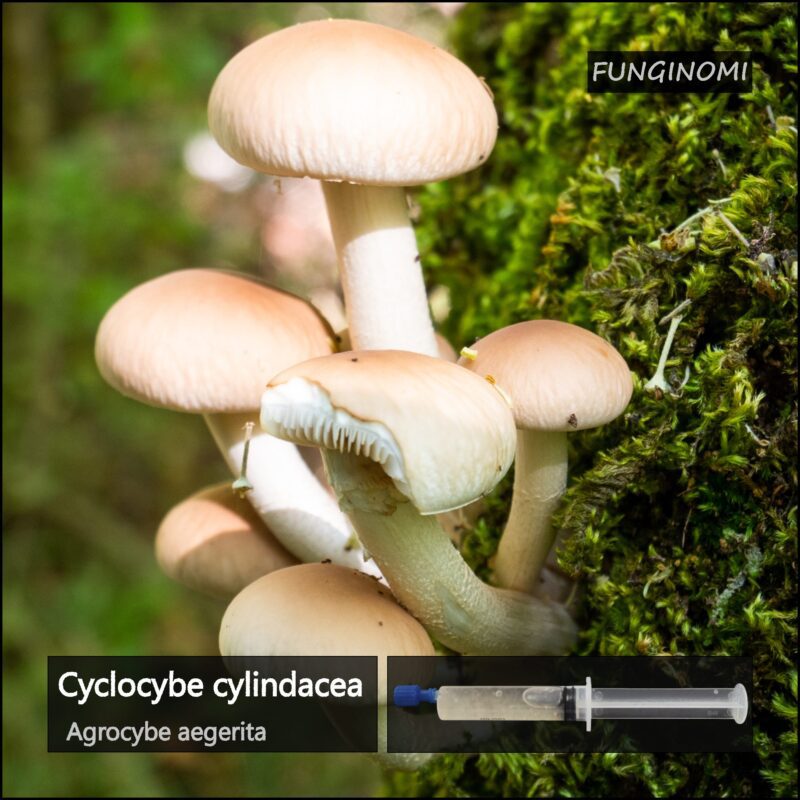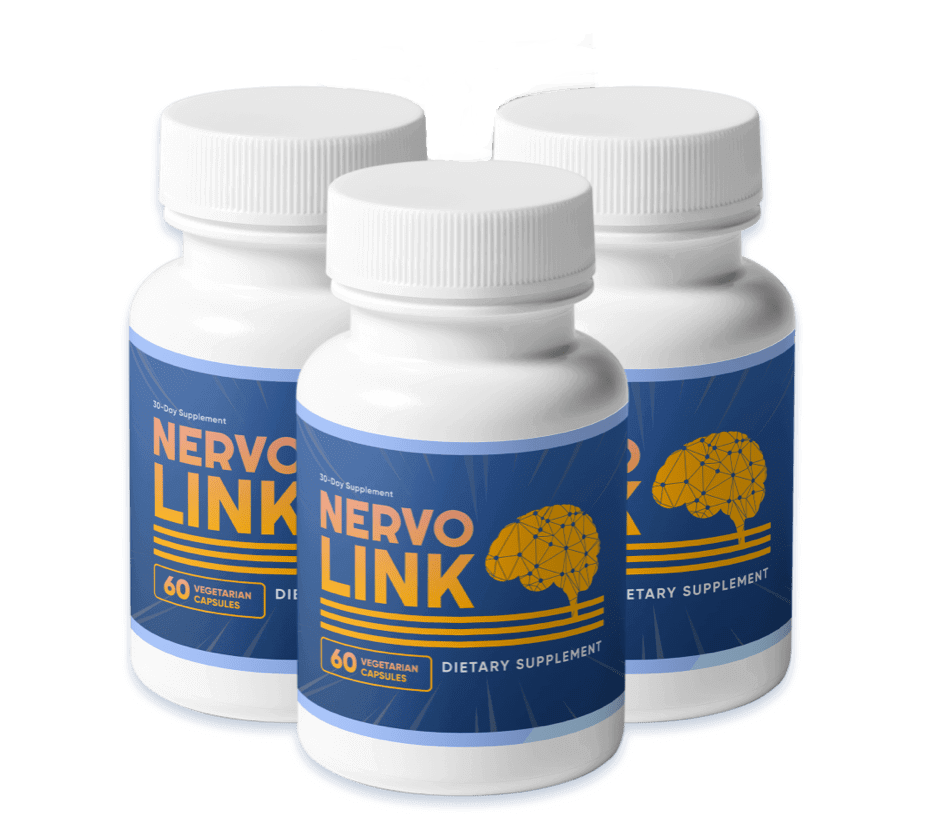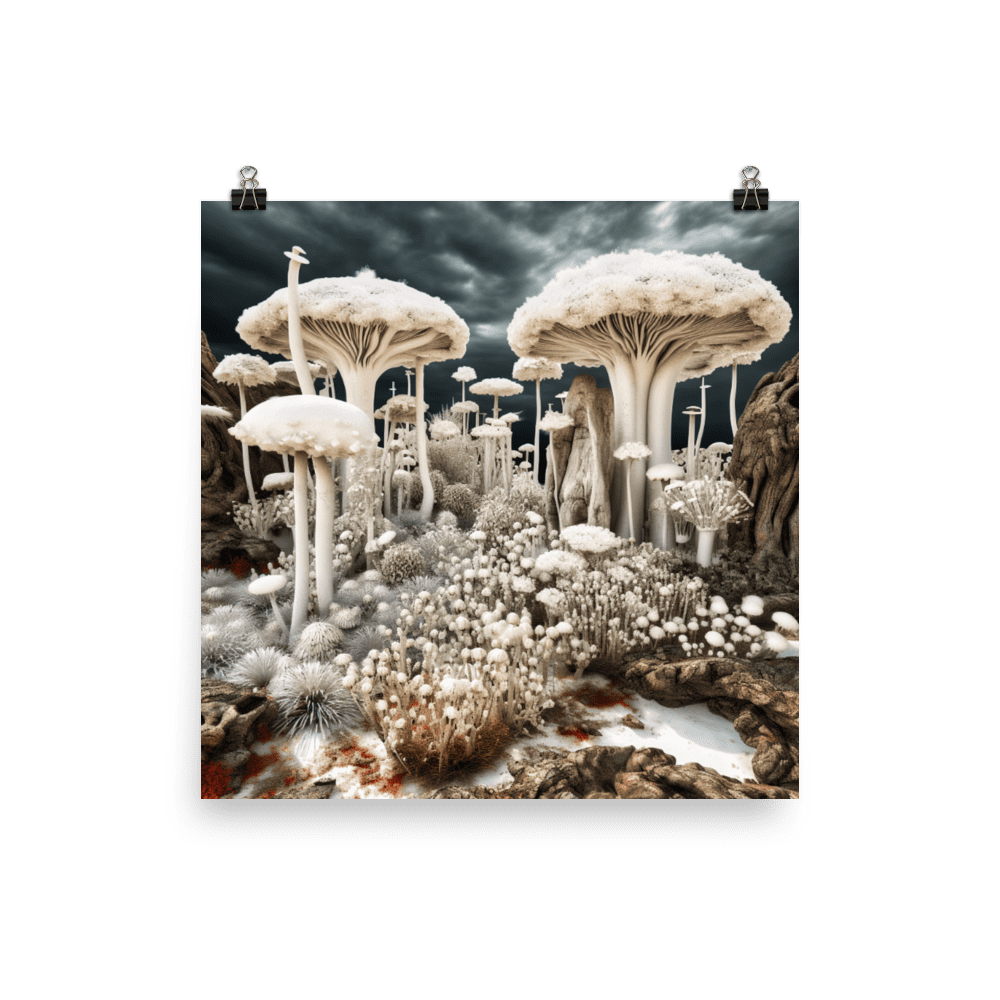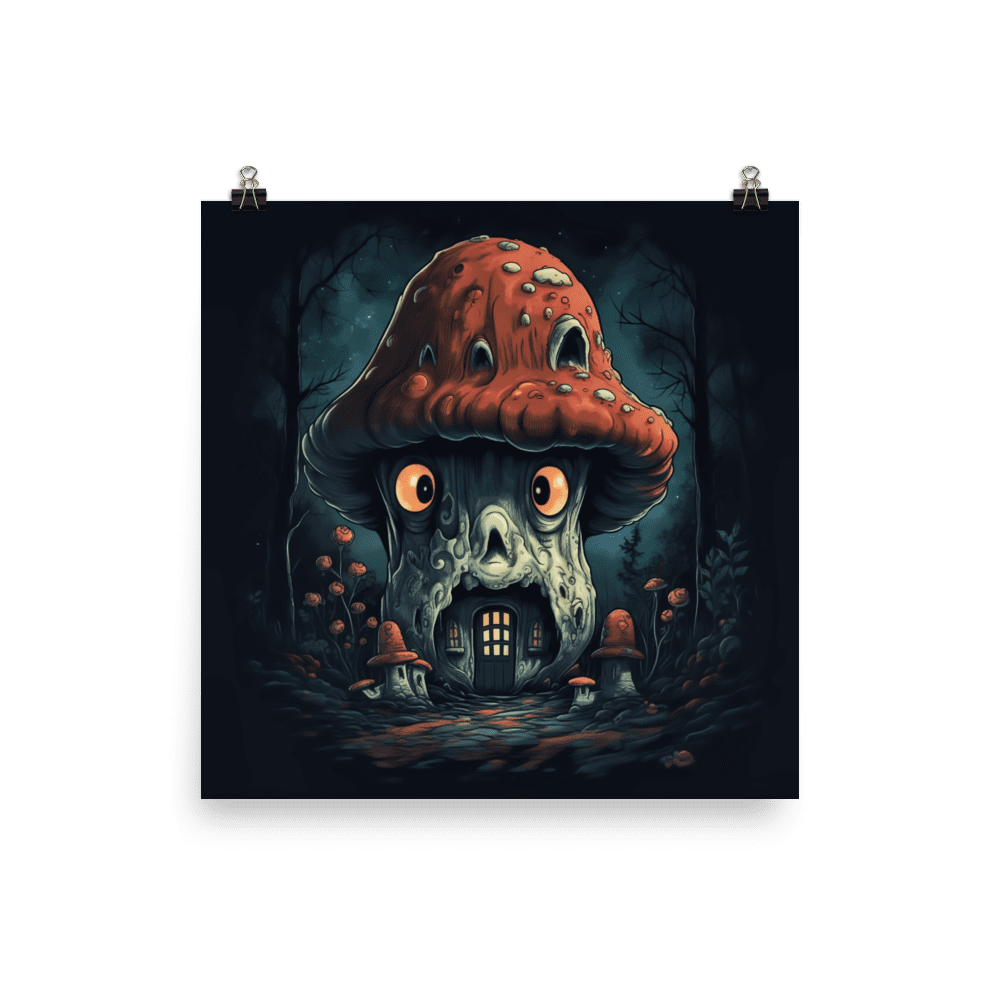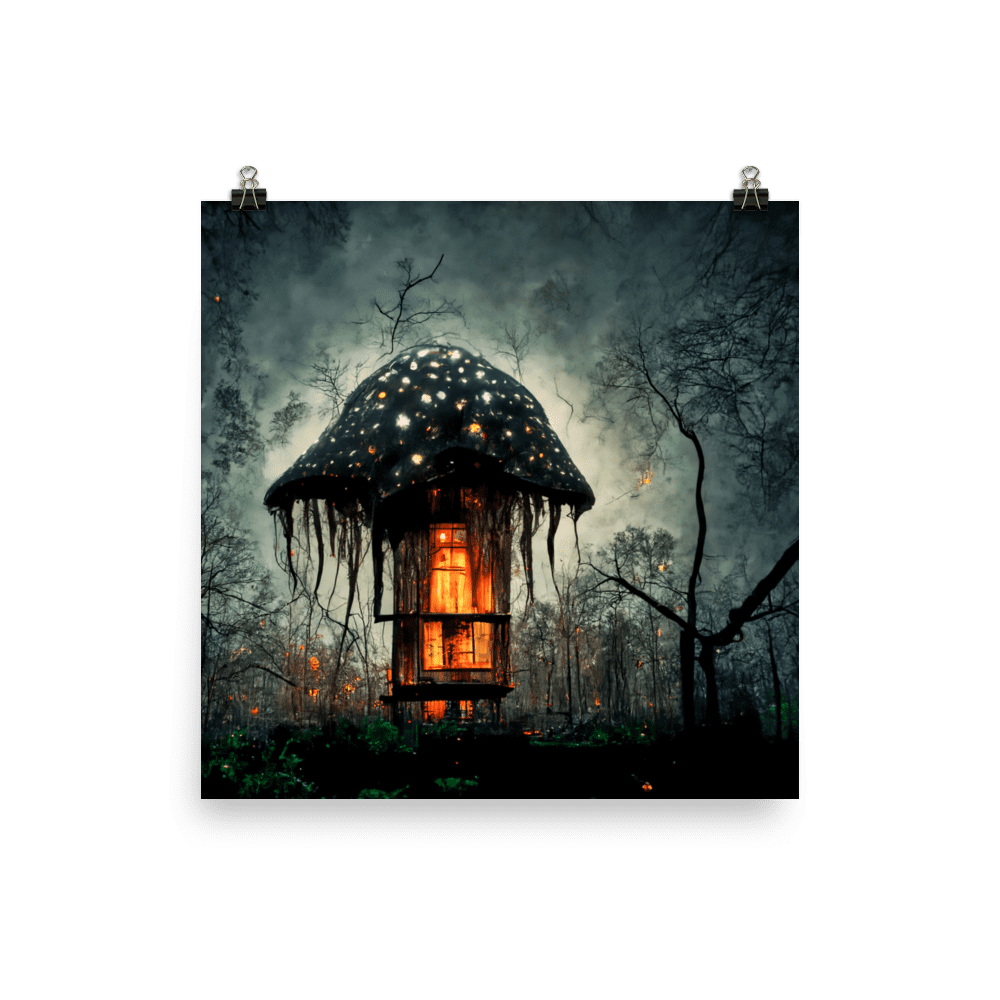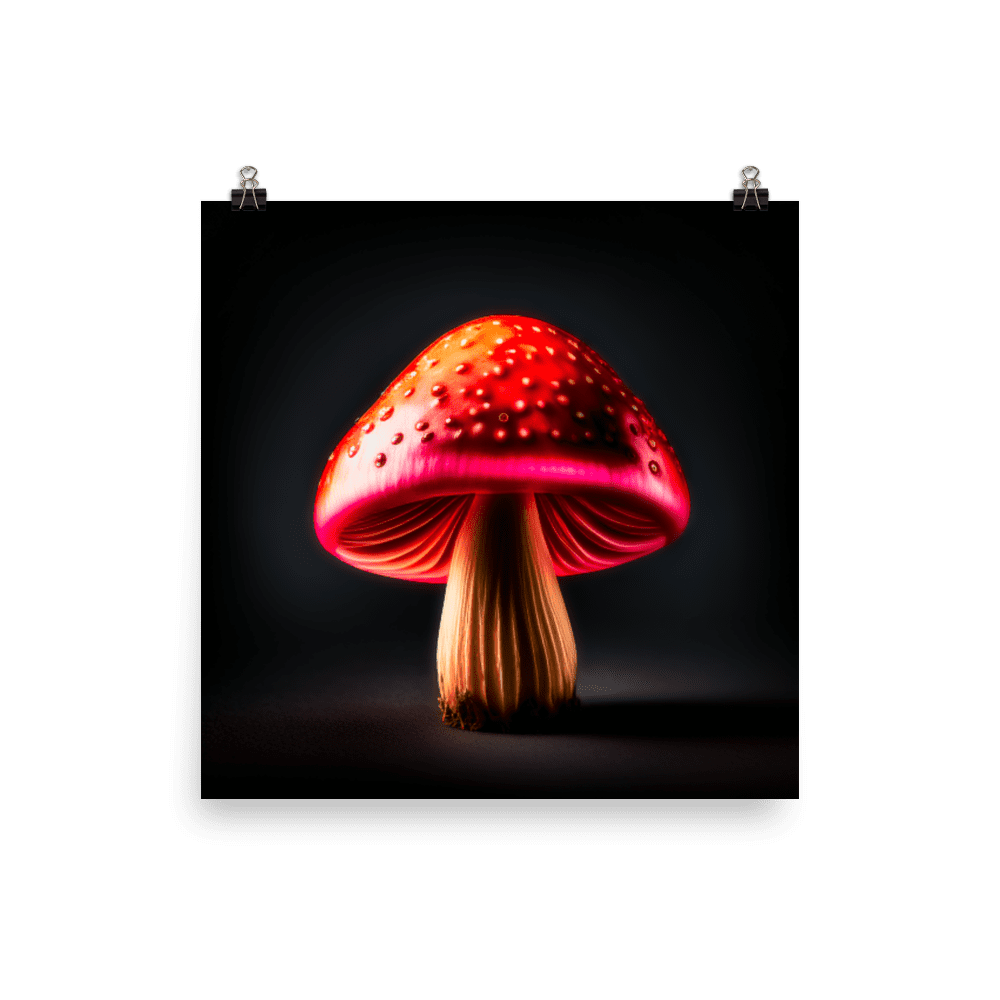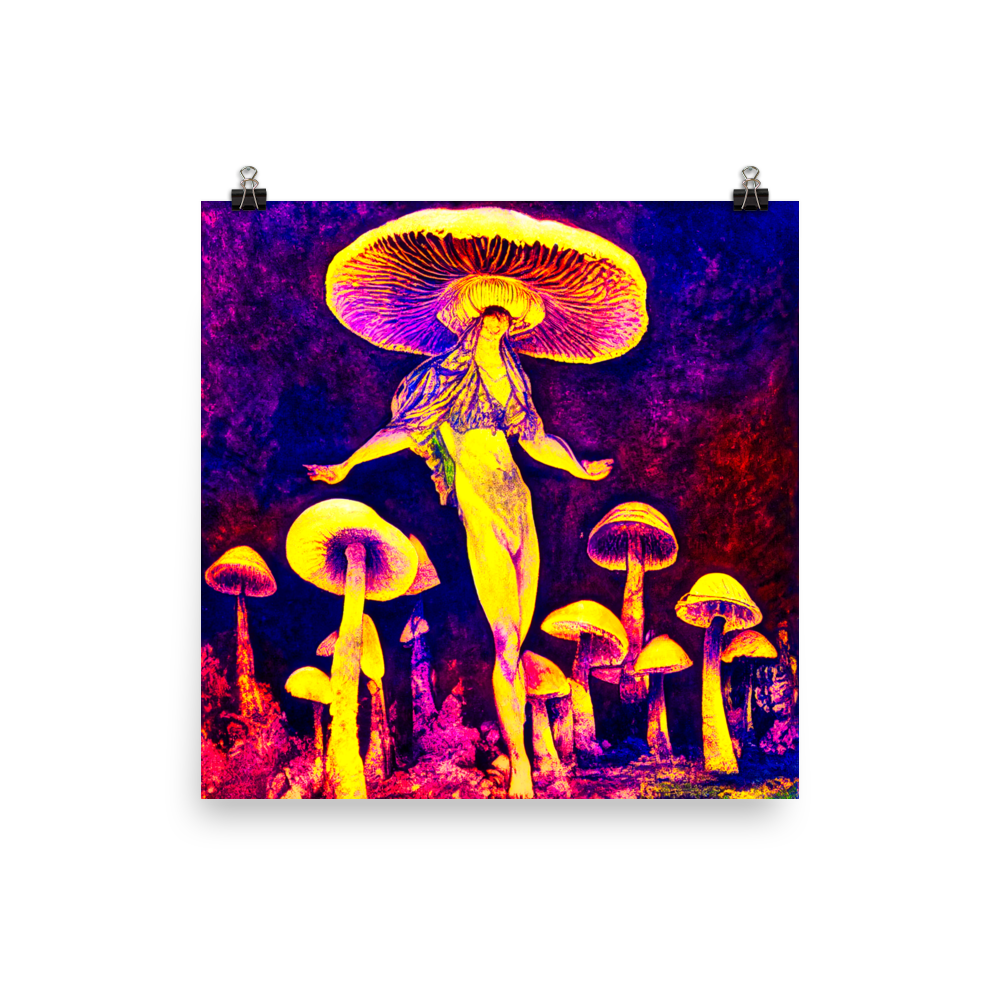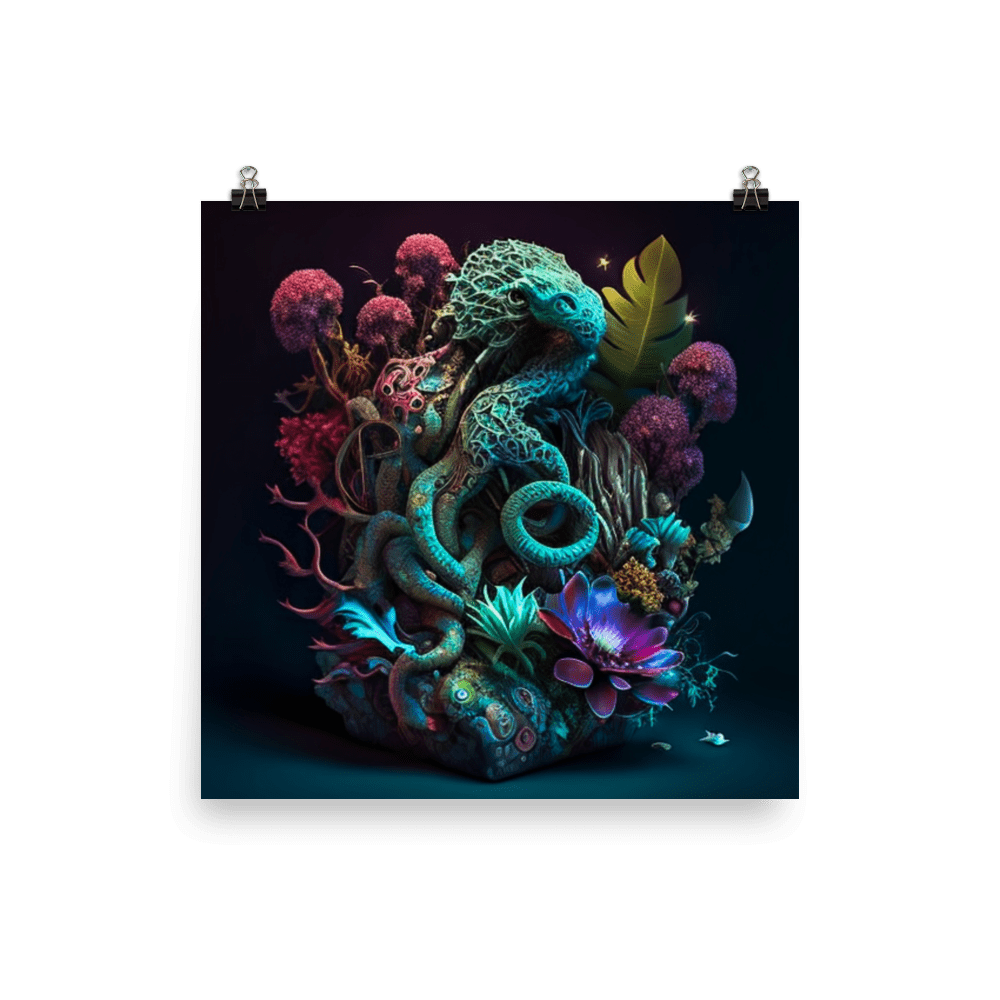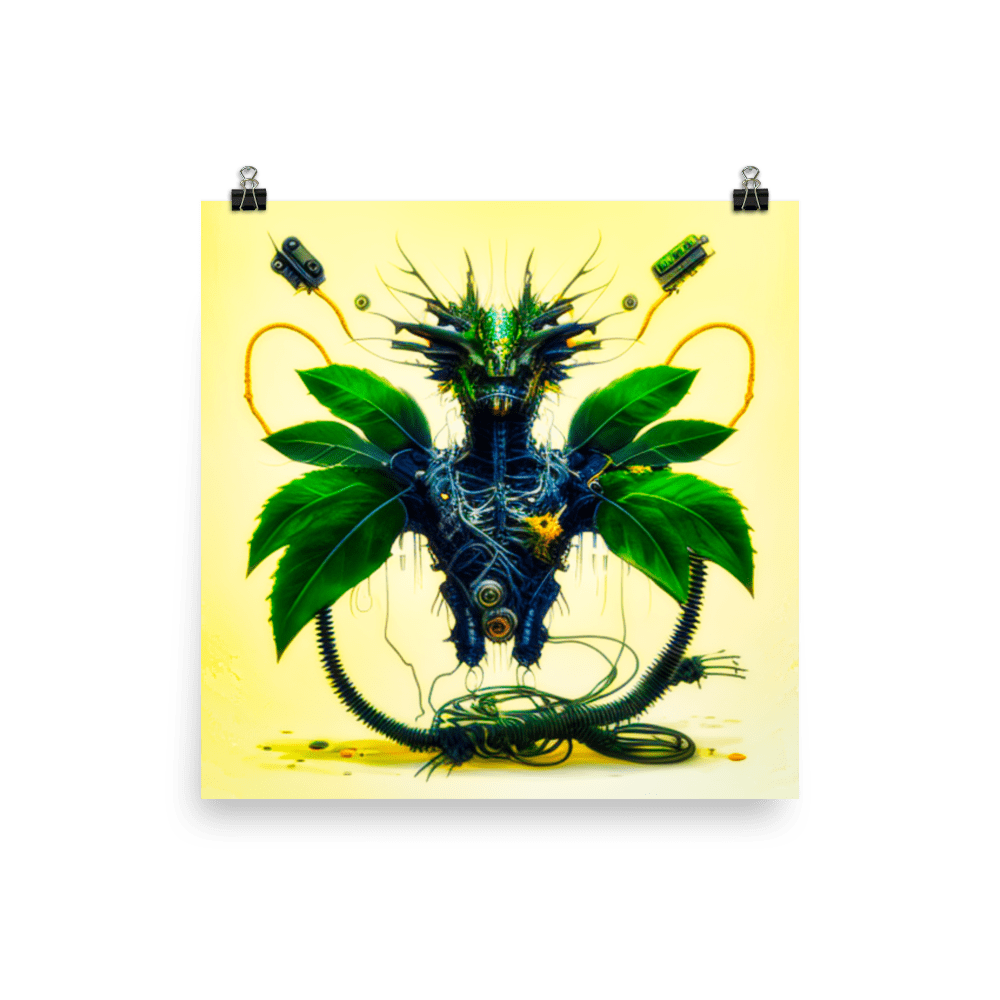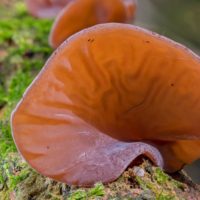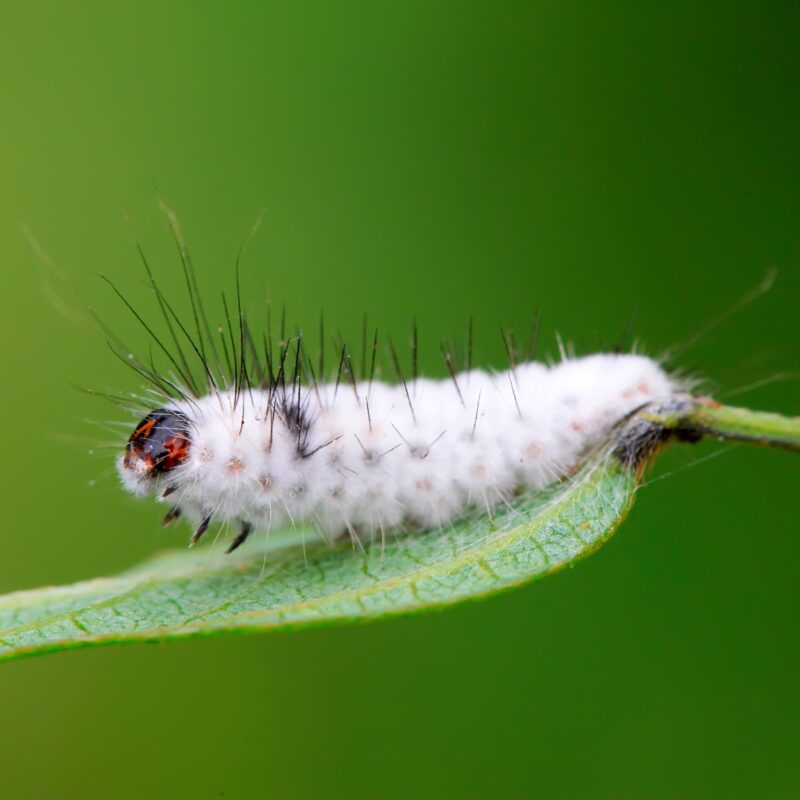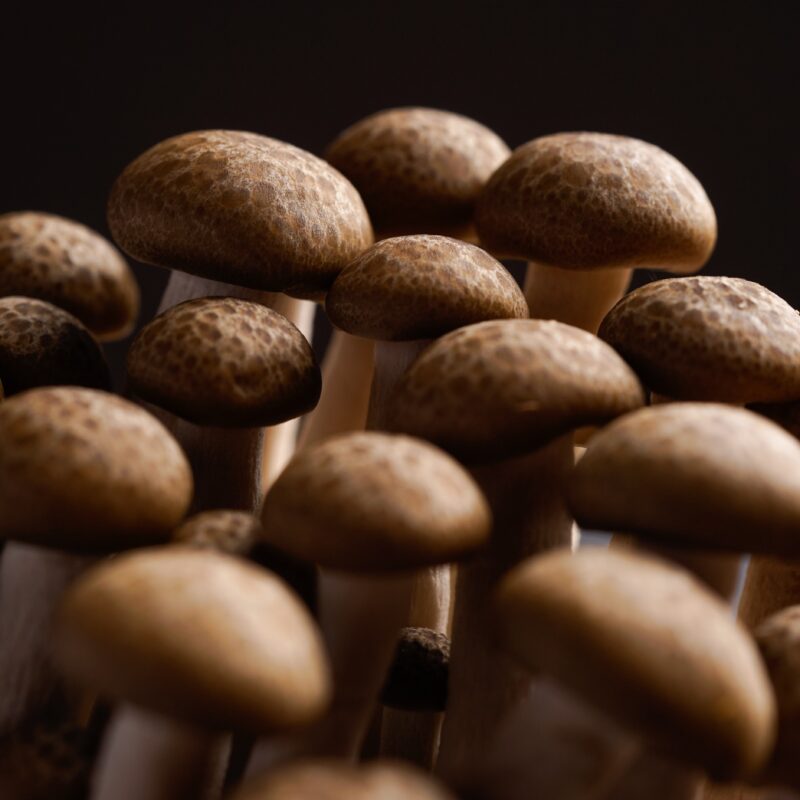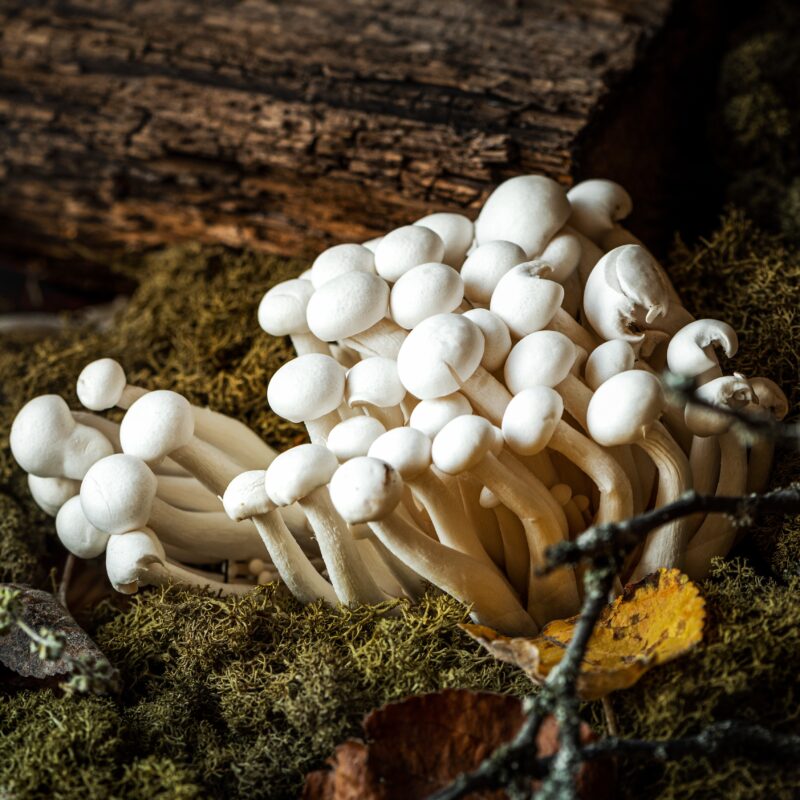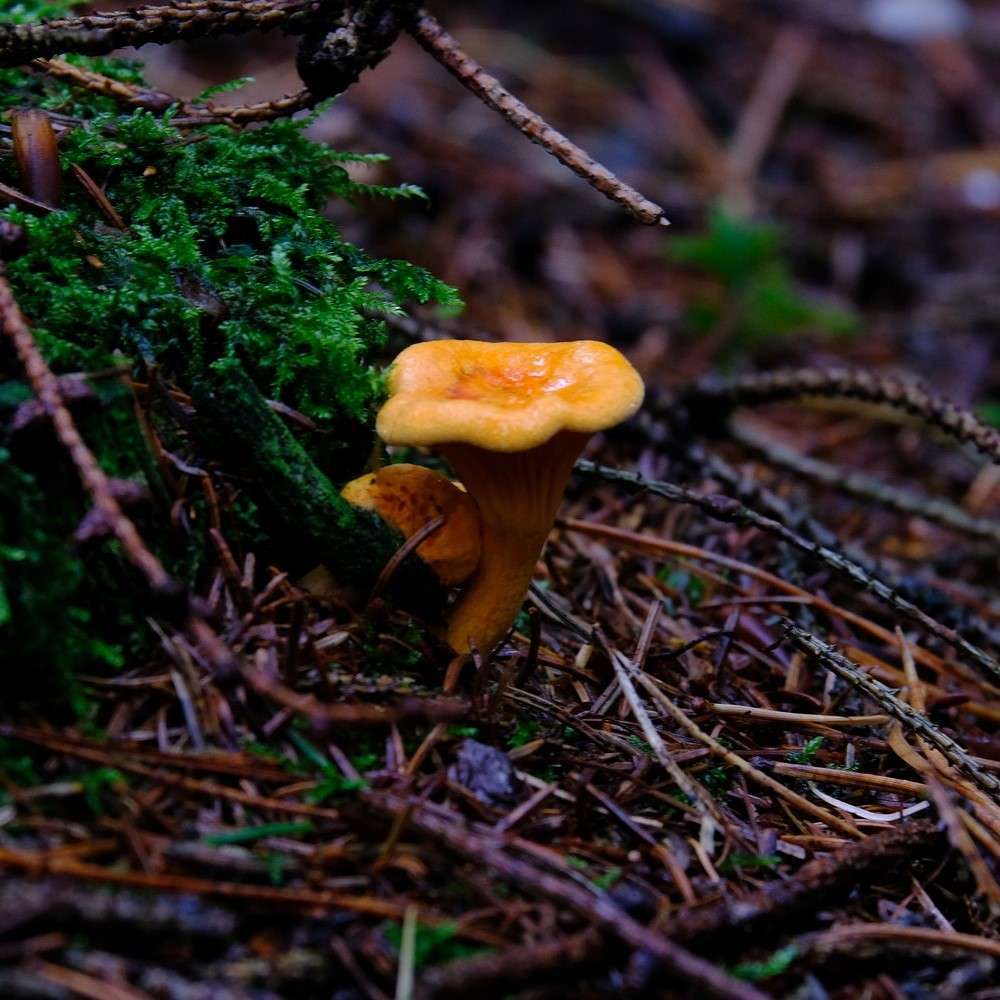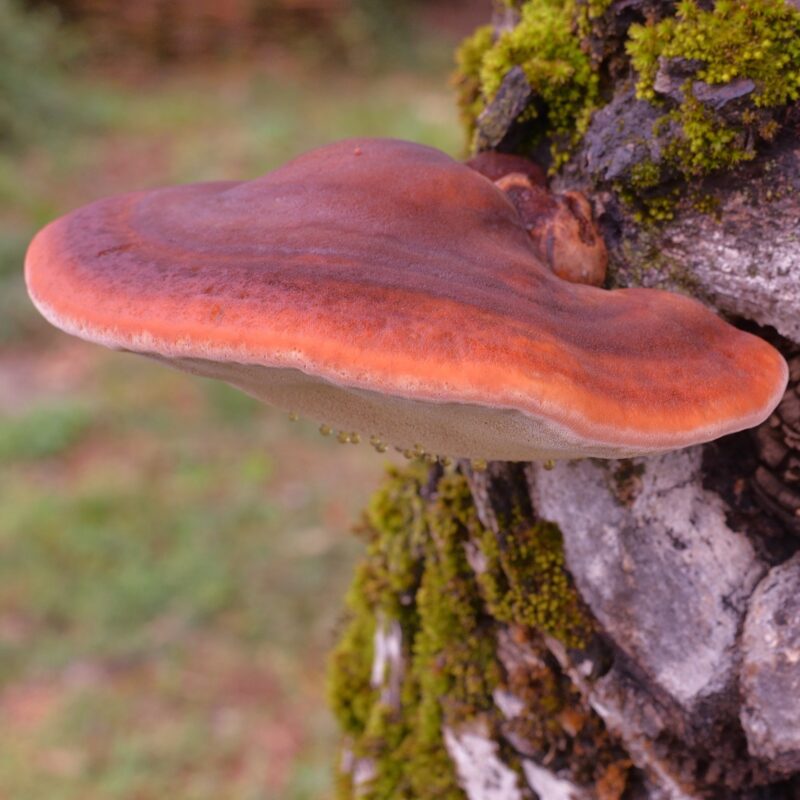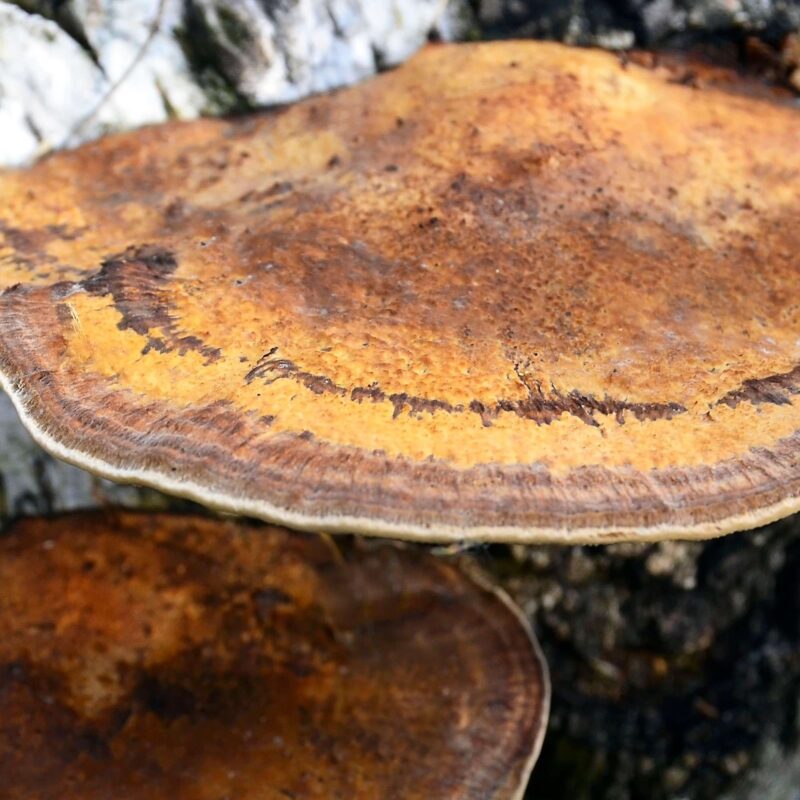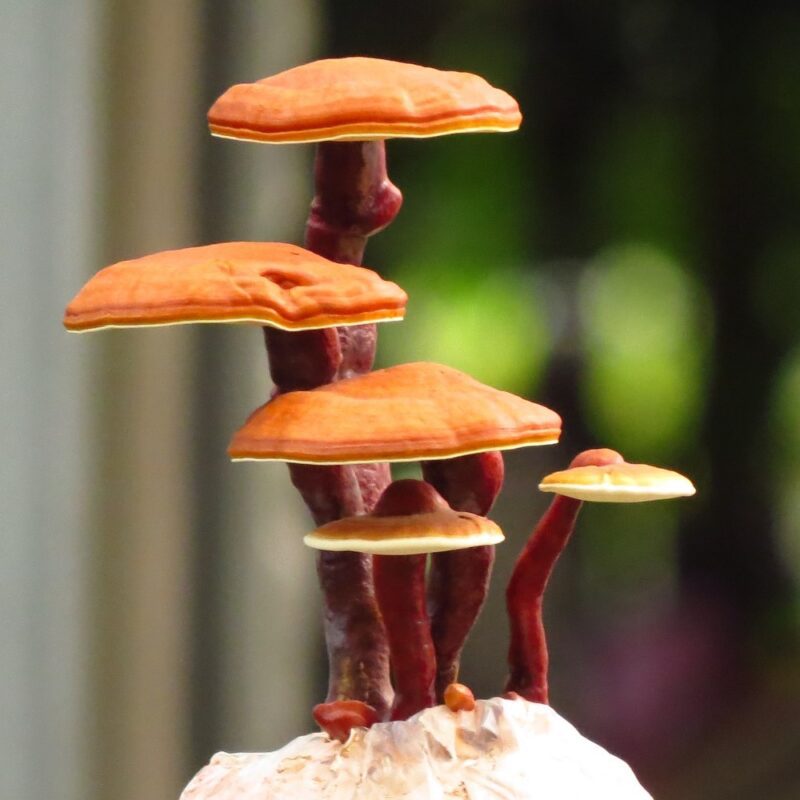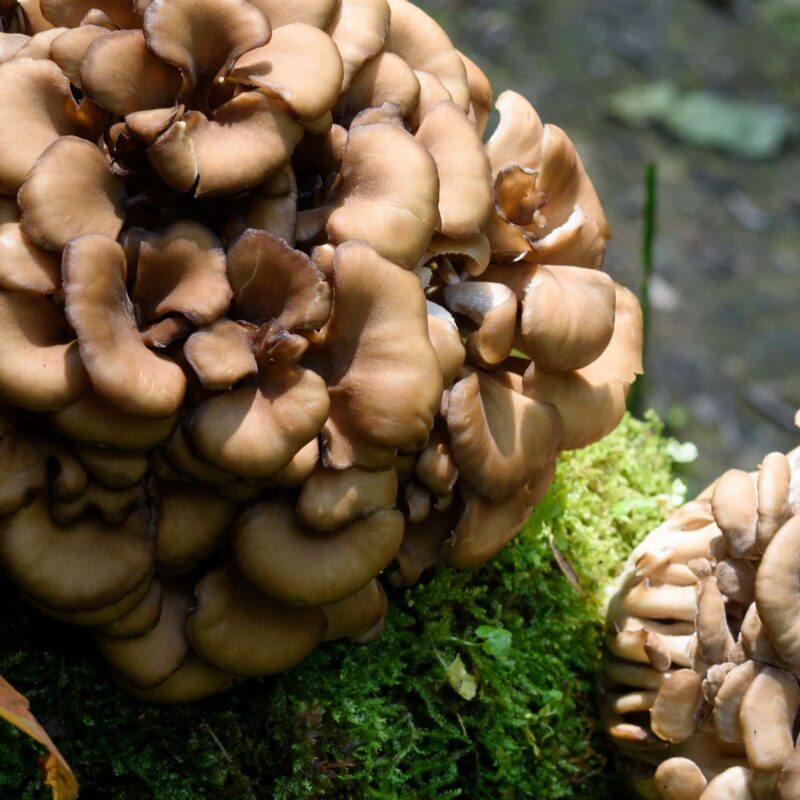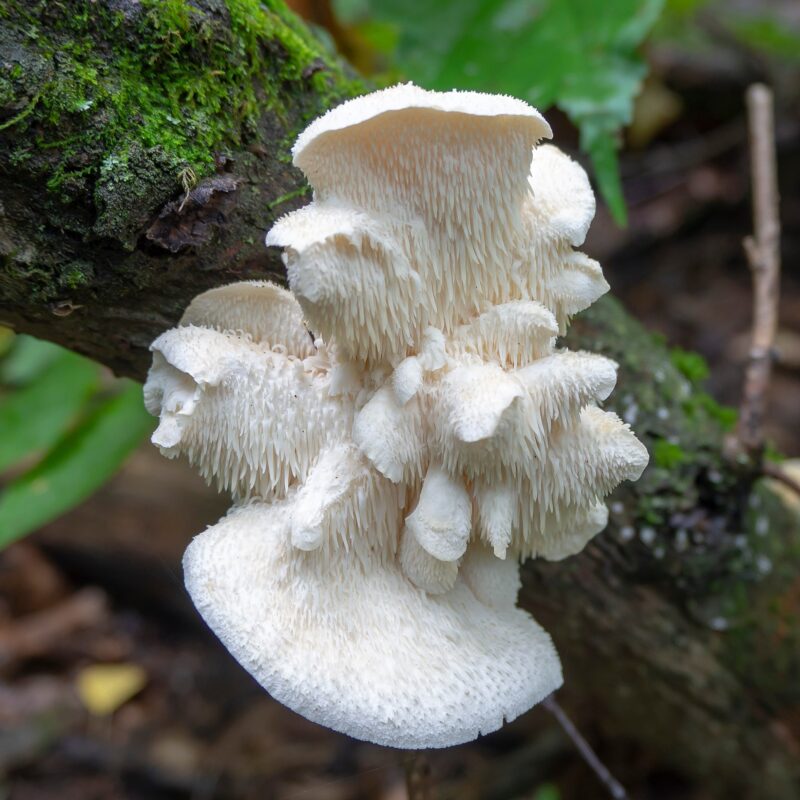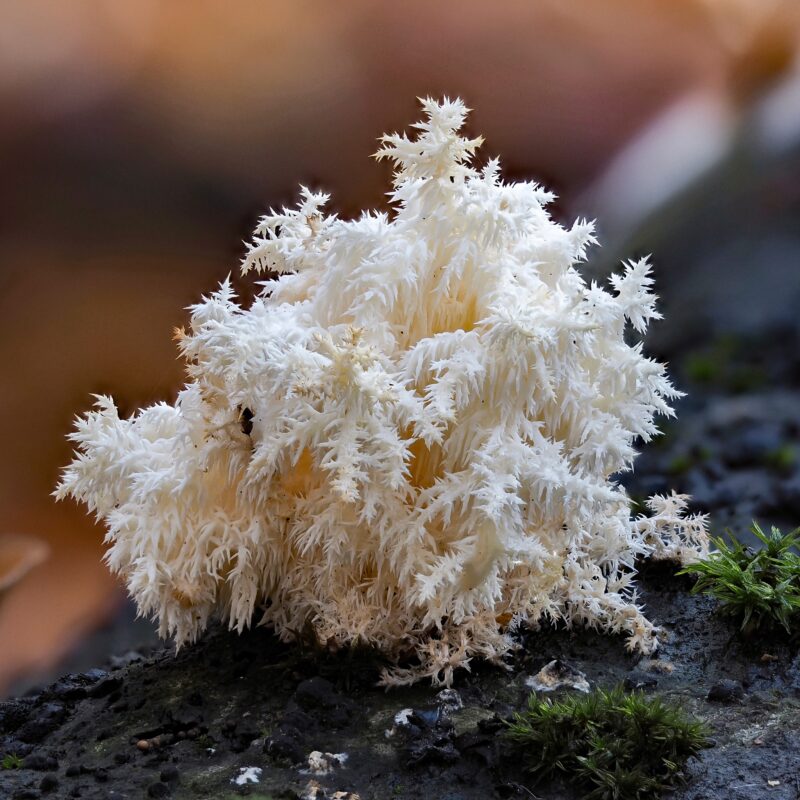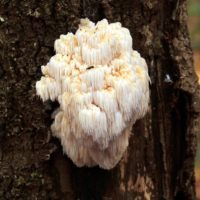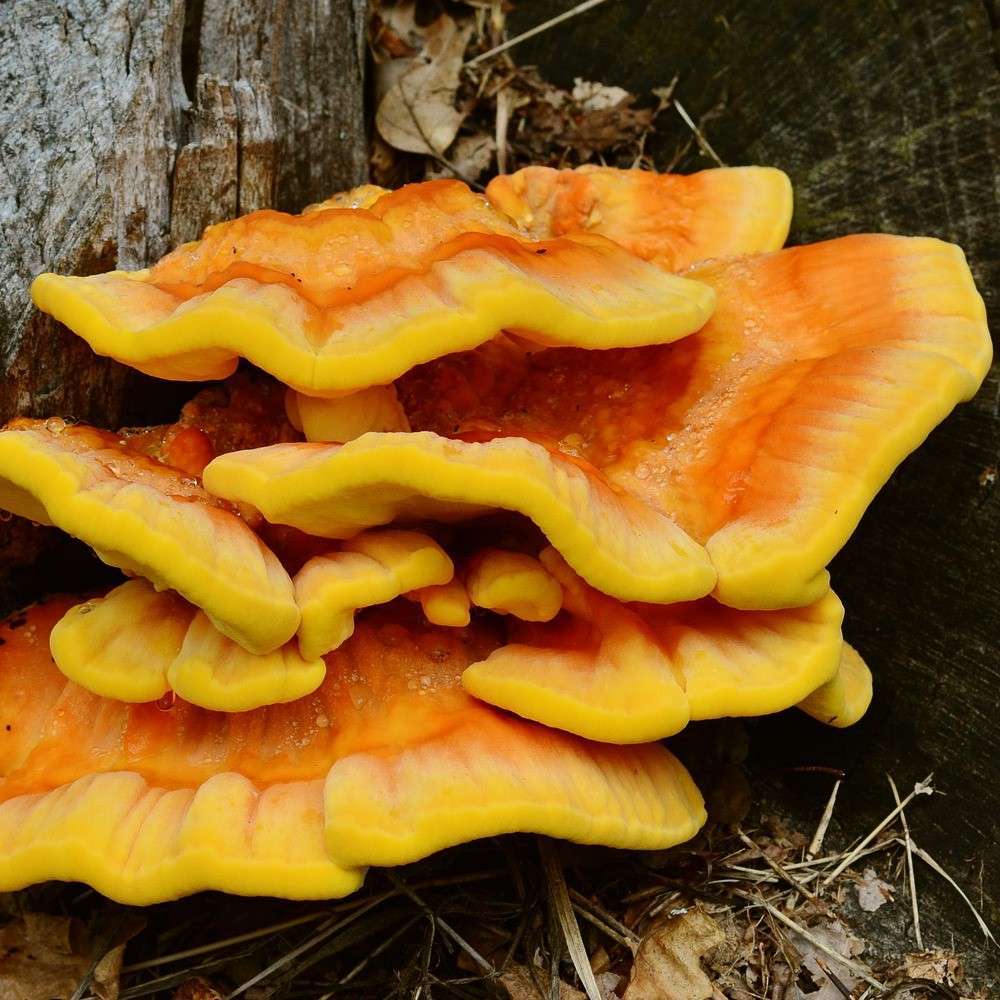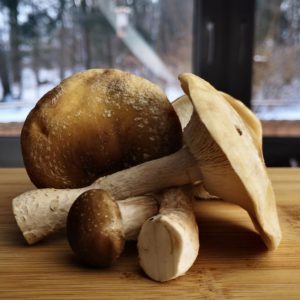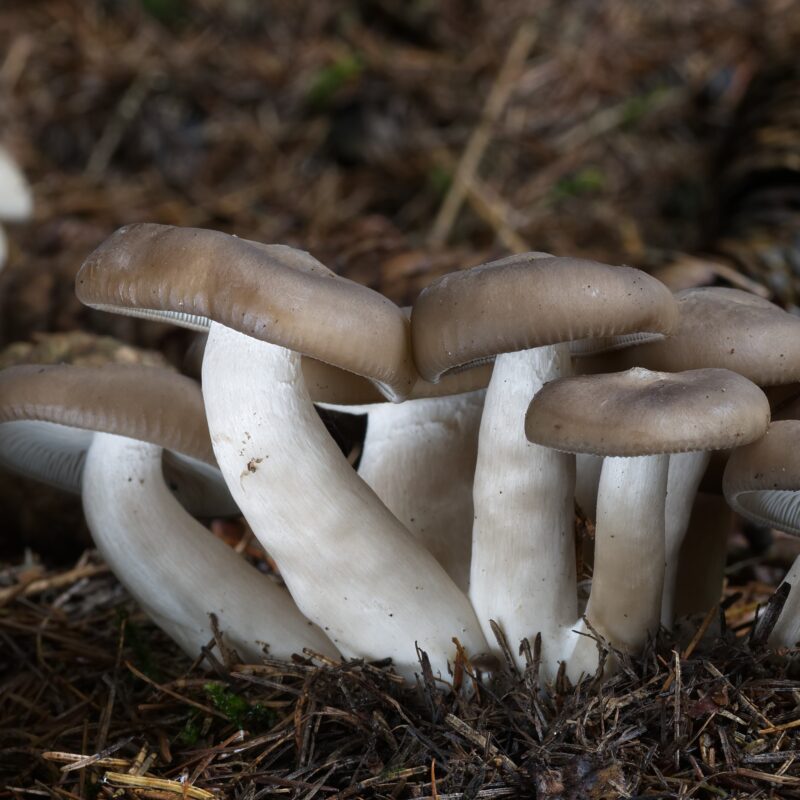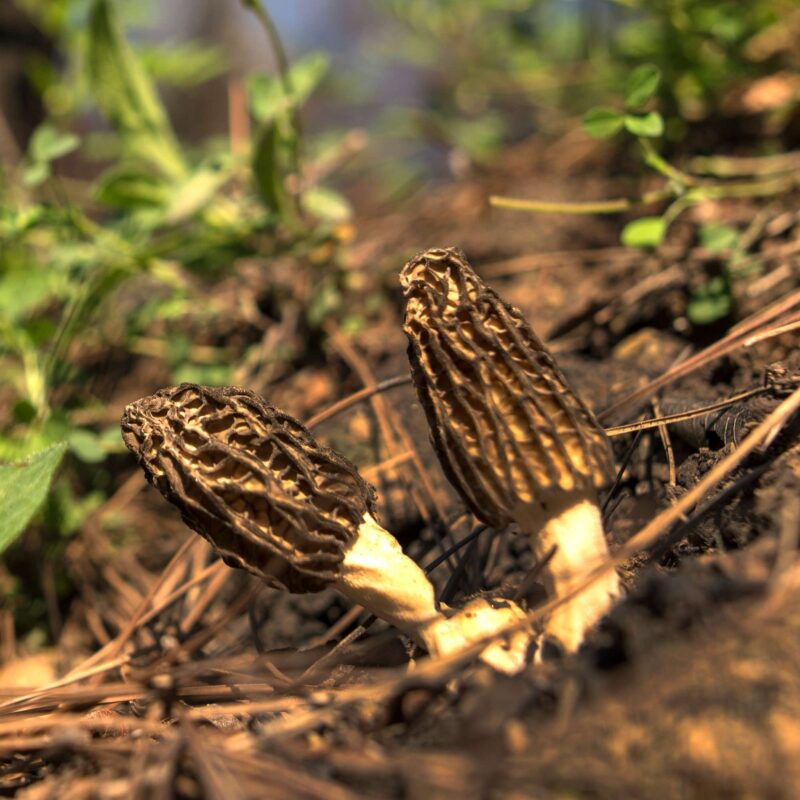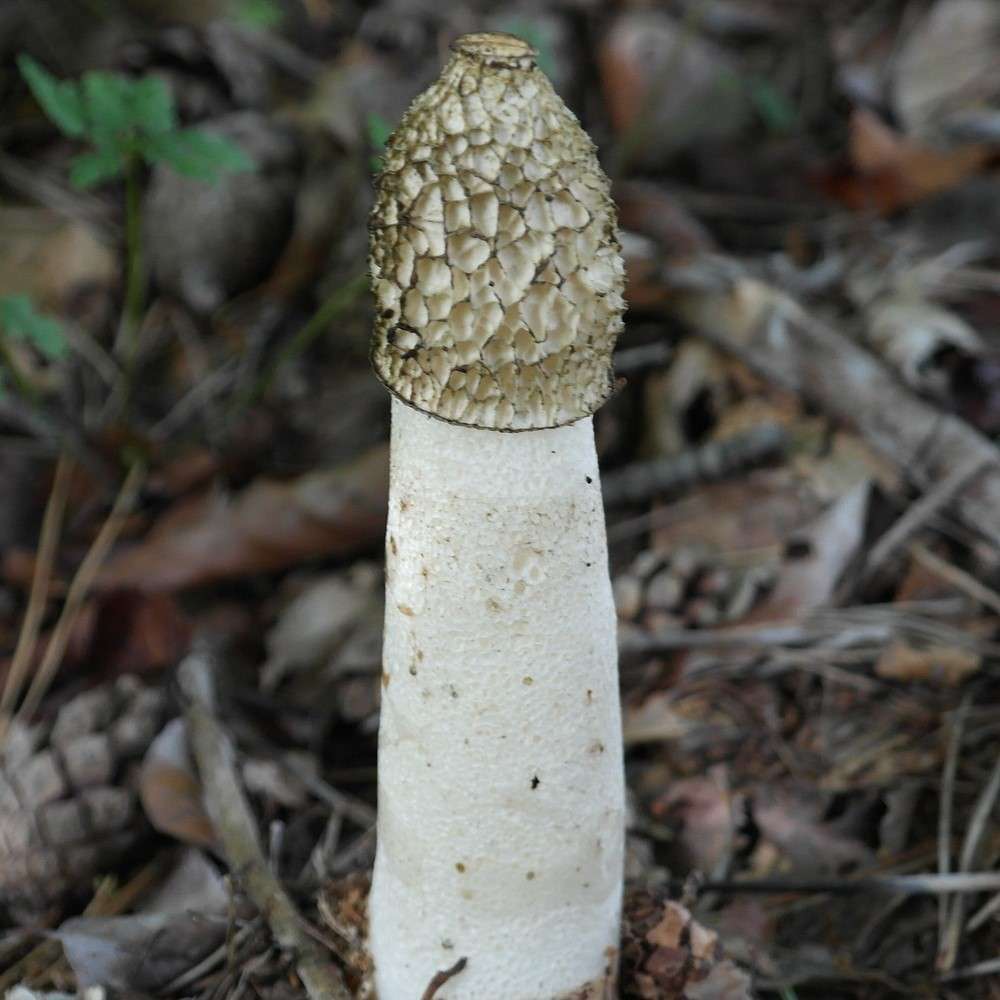Description
Properties
The giant puffball (Calvatia gigantea, syn. Langermannia gigantea, Lycoperdon gigantea) is an easily identifiable meadow mushroom with extraordinarily large fruiting bodies from the mushroom family. It used to belong to the class or subclass of the abdominal fungi (Gastromycetes or Gastromycetidae), which, according to recent scientific findings, no longer have any taxonomic significance.
-Calvatia gigantea is the largest species of the puffball family and is also the most common species.
-Giant puffballs appear to rapidly pass into the inedible spore-producing stage after being exposed to a day or so of sunshine.
-The very largest specimens of the giant puffball ever reported were more than 150 cm in diameter, 45 cm high and would have weighed more than 100 kg when fresh.
-They grow and increase in size over a period of nearly two weeks before they reach maturity.
Calvatia gigantea is a well-known haemostatic agent and have long been used as wound dressings, either in powder form or sliced 3 cm thick. For this purpose, the fungus was often collected before battles.
Before the days of modern medicine, the puffball spores were used as a syptic powder to stop bleeding and even today in some places are thought to be effective in the treatment of certain disorders.
It is the main source of the antitumor mucoprotein calvacin, which is present in small amounts.

© Eric Smith (Magnavermis rex)
1. Growing
Growing Procedure
Calvatia gigantea development occurs around the fall months of the year. Puffballs occur in areas of sparse vegetation, such as fields, pastures, and wooded areas. Calvatia gigantea is widespread and locally common in areas of the north due to the favorable temperature zones. Calvatia gigantea is mycorrhizal. The fungus has a mutualistic association with the roots of the plant that it is using as a host.
Growing
Agar Culture Media: MYPA, MEA (+nitrogen resources e.G. Ammonium tartrate, Potassium nitrate, Urea, Glycine, Glutamine)
Cropping:
Containers for fruiting: Straw bales, mushroom bed, ready-made culture in the greenhouse
Biological efficiency: first flush 350-500 g per m2, second flush 3,5-4,5 kg per m2
Substrates: Rye Berries
PH: 6,0
Growing Characteristics
Base of growth with thick root-like strands of mycelium.
S
|
P
|
F
|
|
|---|---|---|---|
Temp °C |
23-29 | 17,5 | |
Relative Humidity % |
90-100 | ||
Duration d |
7 | 5-11 | |
CO2 ppm |
>10000 | ||
FAE per h |
0-1 | ||
Light lux |
– |
Affiliate Partner
Natural Habitat
Calvatia gigantea grow from June to October mainly on meadows, pastures and sparse forests (loosened pine forests on rather dry sites). Characteristic sites are mainly old orchard meadows, where witch rings of ten or more meters in diameter have been observed.
Meadows, parks and forest edges, secondary decomposers, spring to summer.
2. Identification
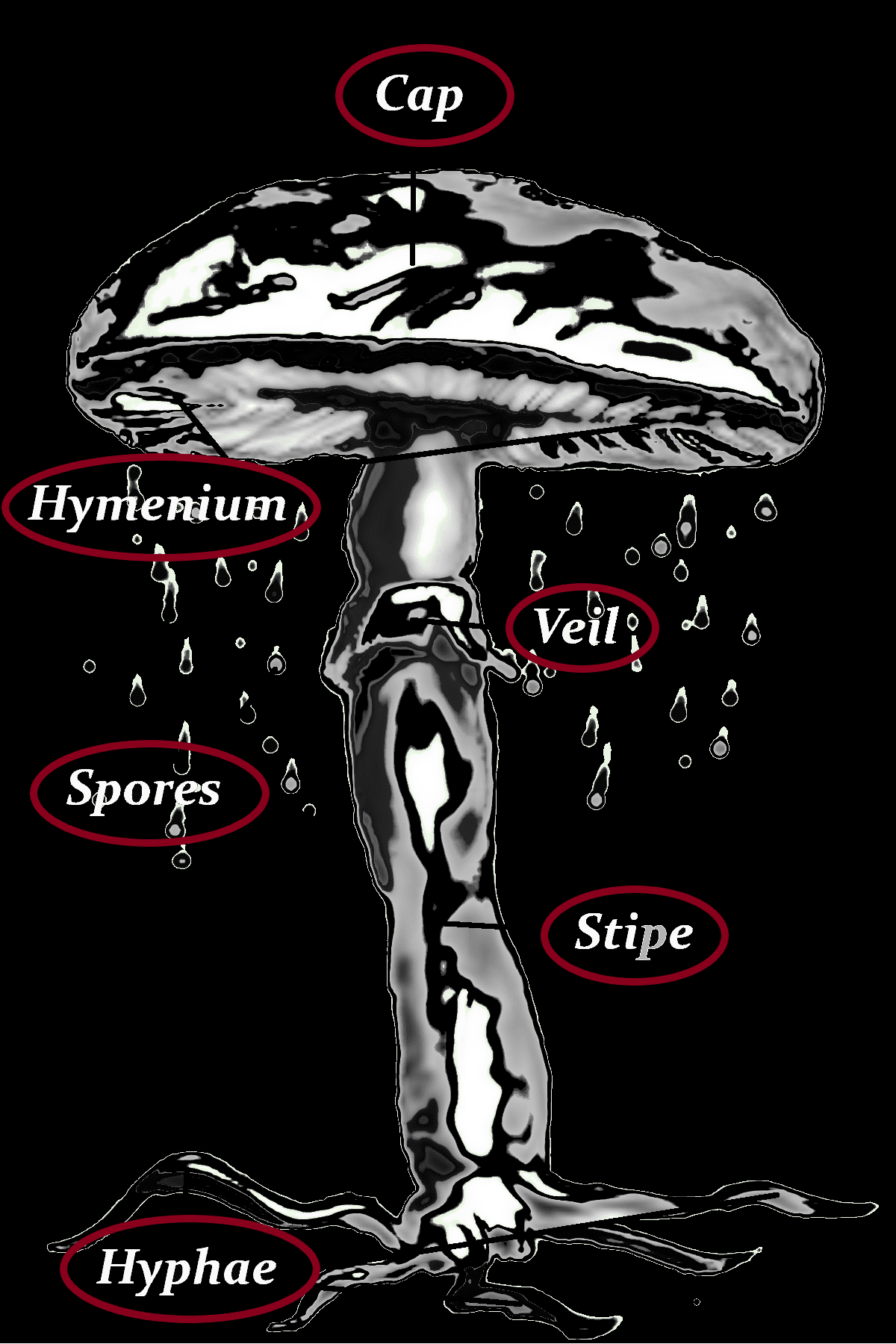
Cap
-5-50 (100) cm Ø
-spherical
-white when young, later browning
-up to 15 kg
Hymenium
glebal hymenium
Veil
–
Stipe
–
Hyphae
–
Spores
olive brown (3-5.5 x 3-5 µm).
Danger of confusion
Bovistella utriformis, Vascellum pratense, Calvatia candida, Lycoperdon excipuliforme, Lycoperdon perlatum, Calvatia cyathiformis, Amanita phalloides var. alba
3. Consuming
Gourmet
Calvatia gigantea is edible when young while the fruiting body is still firm and white, and is often sold in farmers’ markets.
Flesh
-white inside when young
-later becoming greenish-yellow and dark brown
-soft
Taste
mild
Smell
unpleasant, urin
Nutritional content
Each Calvatia gigantea fruiting body produces more than seven billion spores inside. Young specimens that are still white when cut are edible, but have only a slight flavor of their own. When sliced, they can be prepared similar to a Wiener Schnitzel. They are toxic to mammals when eaten raw. In the past, smoldering specimens were placed next to the hive in the apiary to keep the bees calm during beekeeping work. This fungus was also used as tinder.
4. Data med, edible
other names
| Bulgarisch | Гигантска пърхутка |
| Chinesisch (traditionell) | 巨馬勃 |
| Chinesisch (vereinfacht) | 巨马勃 |
| Deutsch | Riesenbovist |
| Dänisch | Kæmpe-Støvbold |
| Englisch | giant puffball |
| Estnisch | hiidmuna |
| Finnisch | jättikuukunen |
| Französisch | Vesse-de-loup géante |
| Litauisch | Didysis kukurdvelkis |
| Magyar | Óriás pöfeteg |
| Niederländisch | Reuzenbovist |
| Norwegisch | kjemperøyksopp |
| Polnisch | Czasznica olbrzymia |
| Russisch | Головач гигантский |
| Russisch | Лангермания гигантская |
| Schwedisch | jätteröksvamp |
| Slowakisch | vatovec obrovský |
| Spanisch | bejín grande |
| Tschechisch | vatovec obrovský |
| Ukrainisch | Порхавка гігантська |
| Wissenschaftl. Name | Calvatia gigantea |
| Wissenschaftl. Name | Langermannia gigantea |
| Wissenschaftl. Name | Lycoperdon gigantea |
| Wissenschaftl. Name | Lycoperdon giganteum |
other names
Langermannia Gigantea, Riesenbovist, Riesenstäubling, Lycoperdon Giganteum, Clavatia Maxima, Lasiosphaera Gigantea, Bovista Gigantea
| Kingdom | Fungi |
|---|
| Division | Basidiomycota |
| Class | Agaricomycetes |
| Order | Agaricales |
| Family | Agaricaceae |
| Genus | Calvatia |
| Species | C. gigantea |
| Ecology | Saprotrophic |



